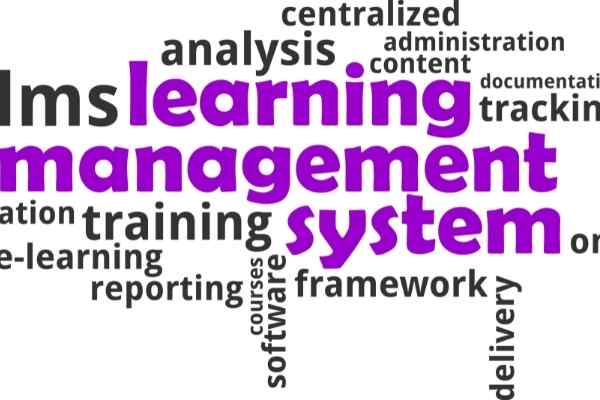Why LCMS Are A Key To Productivity

You know that training and education is important for the health of your organisation. It helps keep staff and management engaged in their work, and the sense of ownership that comes from education programmes leads directly to increased productivity.
One of the smartest ways to provide training is with a Learning Content Management System (LCMS). It acts as a virtual classroom, facilitating courses and students’ experience while streamlining presentation and administration. It’s kind of a one-stop-learning-shop.
However there are many brands on the market, and many different types to choose from. Let’s take a look at the different features of a LCMS, and how they can boost productivity in your organisation in different ways.
A good LCMS will do the hard work of optimising course design across all the devices your students might be using. This is important since you want courses to be available anywhere at any time (on a phone, a tablet, laptop or desktop). Template based programmes give you the ability to create, cut, paste and generally repurpose content and visual themes across all your courses, thus saving a lot of time, effort and money.
UX (User Experience) Design determines how well students interact with your course; the more attractive it is, the more likely they’ll complete their programme. A compelling ‘look and feel’ guides students to the activity and learning goals you want them to conclude. In turn, this leads to improved skills development and employee satisfaction. The investment you make in a good learning content management system with good UX is rewarded with improved return on investment.
Another way a LCMS can boost productivity is with the data it delivers. Alongside budgeting data, course participation and completion, you can also track engagement, performance and other insights in real time, data that will provide the guidance you need to keep refining eLearning courses and modules. This is one of the cornerstones to continuous improvement.
A LCMS helps reduce learning times because course materials are always available: students don’t need to wait to move forward, and can study on the go. It lets you monitor progress and help those who are struggling. You can reduce learning costs by eliminating the cost of travel, printed materials and site rental. Budget reporting tools provide a clear picture of where money is being spent.
Questions you need to ask yourself when researching a learning content management system include:
Will the majority of learning be digital?
Do I have the skills to create content in-house?
Does the UX-design meet my needs?
Does it meet my students’ needs?
Is the supplied data robust enough to be useful?
Does it offer true ROI?
Business and education were already experiencing significant technological realignment before we hit the turbo-button in the past couple of years. LCMS gives you the tools to ride that wave while improving productivity across your organisation.
